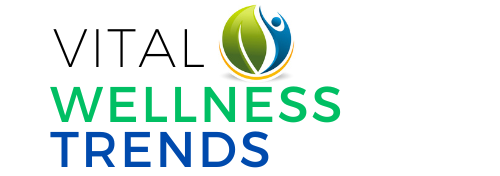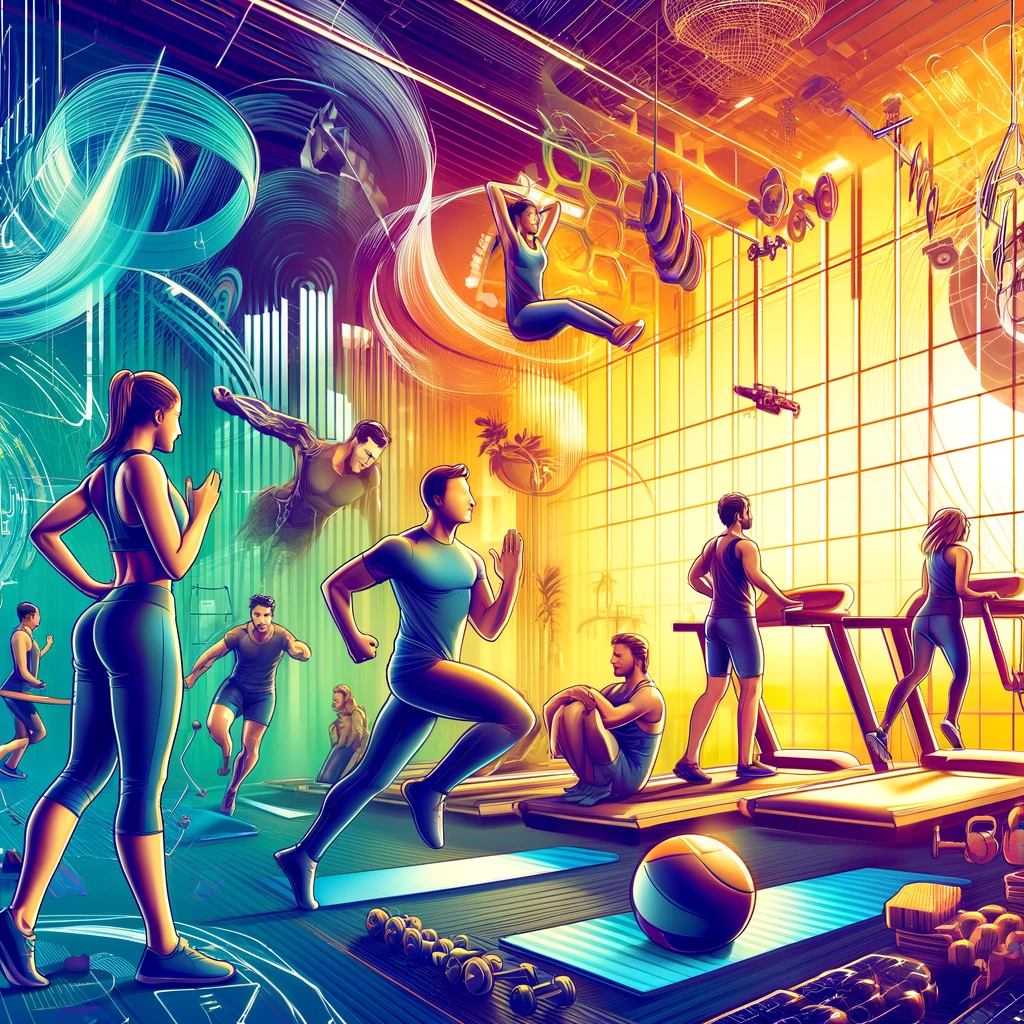Pushing your limits in the gym is a fantastic way to build strength, improve endurance, and achieve your fitness goals. But let’s face it, intense workouts often come with a price: muscle soreness and delayed recovery.
For fitness enthusiasts, anything that can accelerate recovery and potentially enhance performance is a game-changer. Enter red light therapy, a natural approach gaining traction in the world of sports science.
This article explores how red light therapy can become a valuable tool in your workout routine, helping you:
- Reduce Muscle Soreness: The dreaded DOMS (delayed onset muscle soreness) can leave you feeling sluggish and hinder your next workout. Red light therapy might be the answer.
- Improve Muscle Recovery: By speeding up the healing process, red light therapy can get you back in the gym feeling stronger and faster.
- Potentially Enhance Athletic Performance: While research is ongoing, some studies suggest red light therapy may have a positive impact on athletic performance.
What is Red Light Therapy?
Imagine sunlight minus the heat. That’s essentially what red light therapy is. It uses specific wavelengths of red light to penetrate deep into your muscles and tissues. These wavelengths are absorbed by your cells, triggering a cascade of positive effects.
How Does Red Light Therapy Work for Muscle Recovery?
Here’s the science in simple terms: When red light reaches your muscle cells, it interacts with the mitochondria, often referred to as the “powerhouses” of the cell. These mitochondria produce energy (ATP) that fuels your workouts. Red light therapy can help:
- Increase ATP Production: By stimulating the mitochondria, red light therapy can enhance your cells’ ability to produce ATP, providing more energy for recovery and potentially boosting performance during future workouts.
- Reduce Inflammation: After intense exercise, microscopic tears occur in muscle fibers, leading to inflammation and soreness. Red light therapy can help reduce inflammation, leading to faster recovery and less pain.
- Improve Circulation: Red light therapy can improve blood flow to your muscles. This delivers essential nutrients and oxygen to aid in healing and repair, speeding up the recovery process.
Benefits of Red Light Therapy for Muscle Recovery and Performance:
Now, let’s get to the practical benefits for fitness enthusiasts:
- Reduced Muscle Soreness: DOMS can sideline you for days. Red light therapy can help reduce the severity and duration of muscle soreness, allowing you to get back to training sooner and stronger.
- Faster Recovery: By promoting healing and reducing inflammation, red light therapy can accelerate your recovery time between workouts. This allows you to train harder and more frequently, maximizing your results.
- Potential Performance Enhancement: Although research is still ongoing, some studies suggest red light therapy may improve power output, muscle strength, and even reduce fatigue during exercise. This could translate to better performance in your chosen sport or activity.
What to Expect from Red Light Therapy:
Red light therapy is a safe and painless treatment. Sessions typically last for 10-20 minutes, and most people report feeling some warmth or a tingling sensation during treatment. It’s important to be consistent for optimal results, aiming for 2-3 sessions per week, especially after intense workouts.
Is Red Light Therapy Right for You?
Red light therapy is generally safe for most healthy individuals. However, it’s always a good idea to consult with a doctor or physical therapist before starting any new treatment, especially if you have any underlying medical conditions.
How to Use Red Light Therapy:
Red light therapy can be done at home using various devices, such as panels, wraps, or handheld wands specifically designed for muscle treatment. These devices are easy to use and come with instructions for safe and effective treatment.
Here are some tips for using red light therapy for muscle recovery:
- Target Sore Areas: Focus the light directly on the muscle groups that are most sore or tight.
- Follow the Instructions: Each device will have specific instructions for use. Pay attention to the recommended treatment time, distance from the light source, and treatment frequency.
- Be Consistent: Like any recovery method, consistency is key. Aim for regular treatments, ideally after your workouts, to maximize the benefits.
- Listen to Your Body: While red light therapy can reduce soreness, it’s not a magic bullet. Don’t push yourself beyond your limits, especially if you’re experiencing significant pain.
Optimizing Your Workout Routine with Red Light Therapy
Red light therapy shouldn’t replace your existing recovery strategies like proper sleep, nutrition, and hydration. However, it can be a valuable addition to your routine, helping you recover faster, experience less soreness, and potentially enhance your athletic performance.

